Central America
The University of Texas, symbol of repression against pro-Palestinian protests

Days after dozens of police officers arrested more than 100 of their colleagues in two days of protests against the war in Gaza, Linda decided to return to the campus of the University of Texas (Austin) to ask for the resignation of the president of the institution.
The third-year biochemistry student, who asked to hide her name to protect her identity, assured EFE that she does not feel discouraged, quite the contrary. “There is nothing they can do to me that compares to what young people are going through in Gaza.”
The response of the main public university in Texas to the pro-Palestinian demonstrations has been one of the toughest in the country. Without any threat of negotiation with the student leaders, the institution forcibly dissolved a camp set up by university students in a park on campus.
The images of the eviction, where the agents took the students by the arms and legs, threw pepper spray at them and even arrested a photojournalist, became a reflection of the repression against the student movement that has spread throughout the country.
The governor of the state, Republican political media Greg Abbott, has already made it clear which side he is on. “The University and the State will use all the tools at their disposal to quickly put an end to all illegal protests on campus,” he wrote on his Twitter account.
On campus, however, this message has not deterred student activists, who have more protests planned for this last month of classes.
“The repression (…) what it has done is increase the number of people who are willing to fight what is right,” stressed Linda, who has been part of the pro-Palestine student organization Palestine Solidarity Committee, suspended last week by the institution in response to the demonstrations.
A hundred young people, professors and supporters of the anti-war cause once again took the university’s south park shouting slogans such as “Free Palestine” and “We will not stop, we will not rest.”
Aman Odeh, a doctor and associate professor at the University of Texas, approached the esplanade holding his phone up. On the other side of the screen, a group of about six children watched the protest.
“They are part of a family in Gaza that welcomed me,” said the pediatric specialist. “I spent two weeks there as part of a mission and they wanted to see what’s going on here, they feel supported.”
Odeh went up on the stage and, with the phone in his ear, repeated the words of Mohammed, 15 years old, on the other side of the world: “I want to tell you how proud I am; his voice sends a powerful message.”
In addition to expressing a feeling of rejection of war, university students also seek with the protests a series of defined objectives. Force your alma mater to break financial ties with companies that sell weapons to Israel.
Higher education centers in the U.S. are financed with public money, tuition and donations. With the latter, institutions invest in a series of assets, from bonds to shares in private companies, to obtain more capital
Specifically, the students are asking the University of Texas (UT) to stop investing in companies that manufacture weapons and military equipment such as Lockheed Martin, Raytheon, General Dymanics and Boeing.
Roger Reeves, a professor of literature in UT who has been involved in the pro-Palestinian movement, told EFE that the presidency of the university has decided to “listen” to the members of the faculty, but has not committed to negotiating.
“They say they listen, but at the same time they are inviting the police to occupy the university campus,” the academic stressed.
Central America
Arévalo accuses Porras and judge of undermining democracy in Guatemala

Guatemalan President Bernardo Arévalo denounced a new attempt at a “coup” orchestrated by the Attorney General’s Office. He also requested an extraordinary session at the Organization of American States (OAS) to address the country’s ongoing political crisis.
The president has been at odds with Attorney General Consuelo Porras, who has been sanctioned by the United States and the European Union for being “corrupt” and “anti-democratic.” Since 2023, Arévalo has accused Porras of launching investigations against his party, Semilla, and the 2023 elections as part of a scheme to prevent his inauguration in January 2024.
From the presidential office, Arévalo has said he continues to “resist” the “coup plotters,” but tensions escalated last Friday when Judge Fredy Orellana, at the request of the Attorney General’s Office, ordered the electoral court to annul the Semilla party’s promoter group. Arévalo interpreted this as an attempt to revoke the positions won by the party.
“Orellana, a hitman who distorts the law in service of Consuelo Porras, is attempting to force […] the unconstitutional removal of a mayor, 23 elected deputies […], the vice president, and the president of the country,” Arévalo said in a televised address on Sunday.
“We call on the international community not to turn a blind eye to the coup being attempted in Guatemala,” he added, speaking alongside his cabinet and congressional members at the National Palace in Guatemala City.
Arévalo requested that the Organization of American States hold an extraordinary session to present “the serious threats” to the Guatemalan Constitution and democracy perpetrated by Porras and Orellana.
Yesterday, Guatemalan Foreign Minister Carlos Ramiro Martínez reaffirmed the president’s statements, emphasizing the need “to go and expose the situation” Guatemala has been facing since last week due to the actions of the Attorney General’s Office.
Central America
New dismembered bodies found in San Juan river days after mass killing in Palencia

On the morning of Monday, October 27, Guatemala’s Volunteer Firefighters confirmed the discovery of two bodies and two human heads inside plastic bags in the San Juan River, located in the Zacualpía village at kilometer 21 of the Atlantic Highway, in the jurisdiction of Palencia.
The remains were found by personnel from Companies 85, 50, and Central, who responded after receiving a report about suspicious bags floating in the water. The gruesome discovery was made just a few meters from the site where eight tortured bodies were found under the San Juan Bridge on Friday, October 24.
Local authorities do not rule out a connection between both incidents and suspect they may be tied to the same criminal organization. Investigators from the Public Ministry and the National Civil Police arrived at the scene to gather evidence and transfer the remains to the National Institute of Forensic Sciences (Inacif).
According to data from the National Economic Research Center (CIEN), Guatemala recorded 2,154 homicides between January and August 2025, an increase compared to the 1,816 reported during the same period in 2024.
Central America
Four guatemalan soldiers arrested for stealing weapons from Northern Air Command

Four soldiers were arrested in connection with the theft of weapons from the Northern Air Command of the Ministry of Defense in Petén, Guatemala, following operations conducted by the Public Ministry (Prosecutor’s Office).
“During the operations, criminal scenes were processed, analyzed, and documented photographically, possible escape routes were identified, surveillance cameras were located, and potential witnesses were interviewed,” the Prosecutor’s Office explained in a social media post.
The detained soldiers were identified as Ludwin Jónathan Cardona Baltazar, charged with illicit association, dereliction of duty, and aggravated theft; and Josué Israel Pérez Jerónimo, Alain Omar Marroquín Soch, and Carlos Ernesto Ibarra Corrales, charged with dereliction of duty, according to Guatemala’s Prensa Libre.
The military personnel reportedly stole 55 rifles, 14,420 rounds of 5.56 mm ammunition, 92 magazines of 35 rounds each, 19 magazines of 20 rounds each, and three grenade launchers, “which were allegedly moved from the arms warehouse to the outside for illicit sale.”
The Ministry of Defense stated that it will keep its internal control mechanisms active to prevent similar incidents.
-
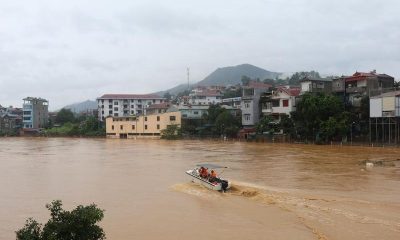
 International4 days ago
International4 days agoFloods in Central Vietnam leave 28 dead, thousands displaced
-
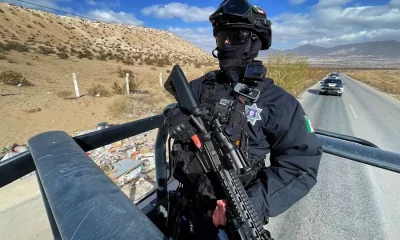
 International21 hours ago
International21 hours agoShootout in Sinaloa leaves 13 gunmen dead as authorities rescue kidnapping victims
-

 International5 days ago
International5 days agoU.S. considering airstrikes on military sites in Venezuela, reports say
-

 International3 days ago
International3 days agoAt least 23 killed in Sonora supermarket blast, including minors
-
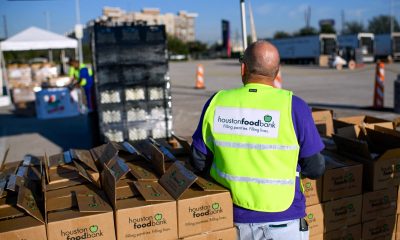
 International2 days ago
International2 days agoU.S. uses $4.65 billion in emergency funds to sustain SNAP benefits amid shutdown
-

 International4 days ago
International4 days agoFBI foils ISIS-Inspired attack in Michigan, arrests five teens
-
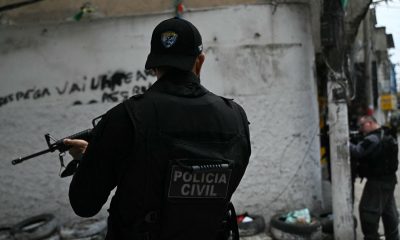
 International2 days ago
International2 days agoFour suspected PCC members killed in Police shootout in Florianópolis
-
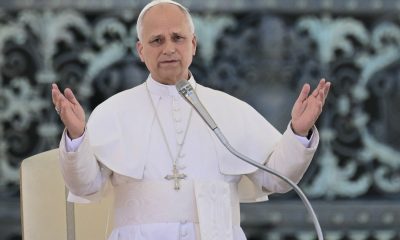
 International5 days ago
International5 days agoPope Leo XIV revives Global Compact on Education to confront cultural crisis
-

 International3 days ago
International3 days agoU.S. strike in Caribbean kills three suspected drug traffickers
-
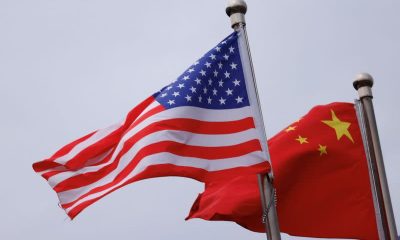
 International5 days ago
International5 days agoU.S. warns China over Taiwan during high-level defense talks in Kuala Lumpur
-
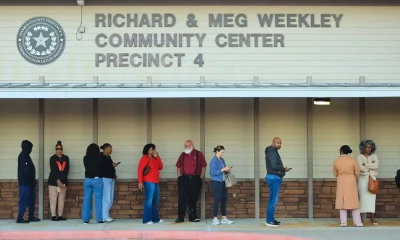
 International21 hours ago
International21 hours agoTrump alleges “massive fraud” in California redistricting vote without evidence
-
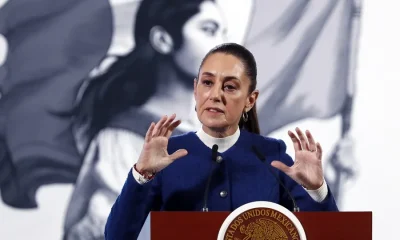
 International21 hours ago
International21 hours agoSheinbaum maintains 70% approval despite growing discontent in Mexico
-
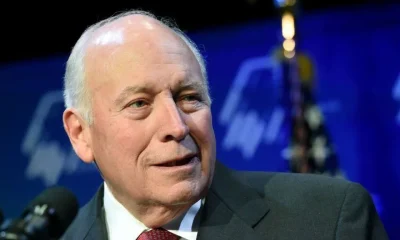
 International21 hours ago
International21 hours agoFormer U.S. vice president Dick Cheney dies at 84
-
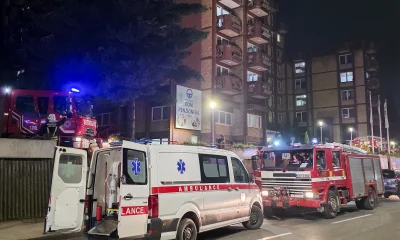
 International6 hours ago
International6 hours agoDeadly fire in bosnian nursing home leaves 11 dead and dozens injured
-
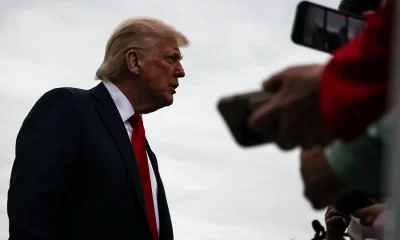
 International6 hours ago
International6 hours agoLongest government shutdown in U.S. history deepens airport and aid crisis
-

 International5 hours ago
International5 hours agoSexual assault attempt on Mexico’s president sparks outrage in historic center






























